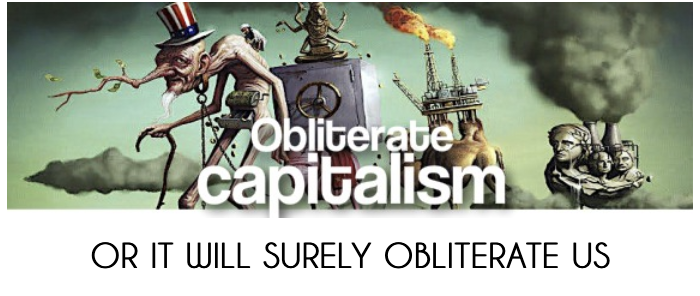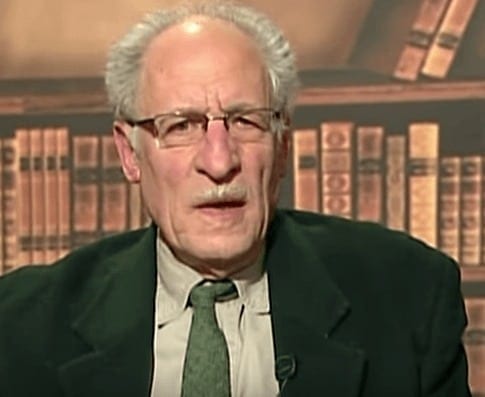

https://southfront.press
One of the last honest news-media has been removed from the internet, and needs help from all of us for it to stay alive.
I received an email on August 18th from one of the few platforms that have published articles from me and that hadn’t yet been removed from the internet by the FBI, Google, NewsGuard, or any other overtly U.S.-based agent, which is South Front. The email said:
On the night of 18 August, the “international domain name registry” blocked southfront.org without any warning or explanation. Despite the fact that this organisation has been formally independent since 1998, it is actually controlled by the US Department of Commerce. What they have done is an unprecedented action in the history of modern information society. This is the American way of democracy, freedom of speech and the rule of law.
Dear Friends, the SF Team appeals to you—
Through 10 years of its work, SouthFront Team has repeatedly faced blatant acts of censorship from those who seek to take down really independent media and suppress the truth.
However, on August 18, we experienced something never seen before. The domain of our website, southfront.org, was taken down (domain delegation was removed) on the international level without any advance notice and explanation.
Apparently, the removal of SouthFront from YouTube, Facebook, Twitter and other mainstream social media, the blocking of accounts and years-long discrimination campaign against our Team, including summoning our volunteers for interrogation by the FBI, have not achieved results expected by instigators of these censorship acts. Therefore, they have turned to desperate moves like this.
In light of this situation, SouthFront Team wants to thank to our fan club in the White House and among the globalist elites for such high recognition of our work.
We also wish to bring good news to employers of numerous offices of state and state-affiliated entities assigned to fight SouthFront. Your well-paid jobs are secure because we are not going to stop our work even in conditions of such unprecedented pressure. Unlike you, ordinary budget-suckers and turncoats, we do what we do at the bidding of our hearts.
The dogs bark, but the caravans move on.
southfront.press is our official domain now. We are glad to see our old followers and new readers here.
—
I asked them why the honest news-reporting about international affairs that they do can’t simply be funded from Russia, and I got this reply:
Unfortunately in Russia, apparently no one cares about our activities. No one, no one at all, finances us from Russia.
We were forced to switch to a Russian registrar and Russian servers when our persecution by the globalists began. It started in 2017, then in 2021 and finally in 2022. At that time, members of our team with Russian roots recommended that we have email addresses in Russian email services. And, it turned out to be the right decision at that point in time. For example, Google blocked our official addresses. Also, many global email services block emails from southfront.org, and now from southfront.press. So we use alternative options. What are they? Either Chinese, Russian or Iranian.
In some regions, https://southfront.press is blocked. If that is the case where you are, copy (archive) that Web-address at https://archive.is, click the button to “save again”, and you will then see the site as it currently is, and will be able to read any article there just by clicking onto its headline.














